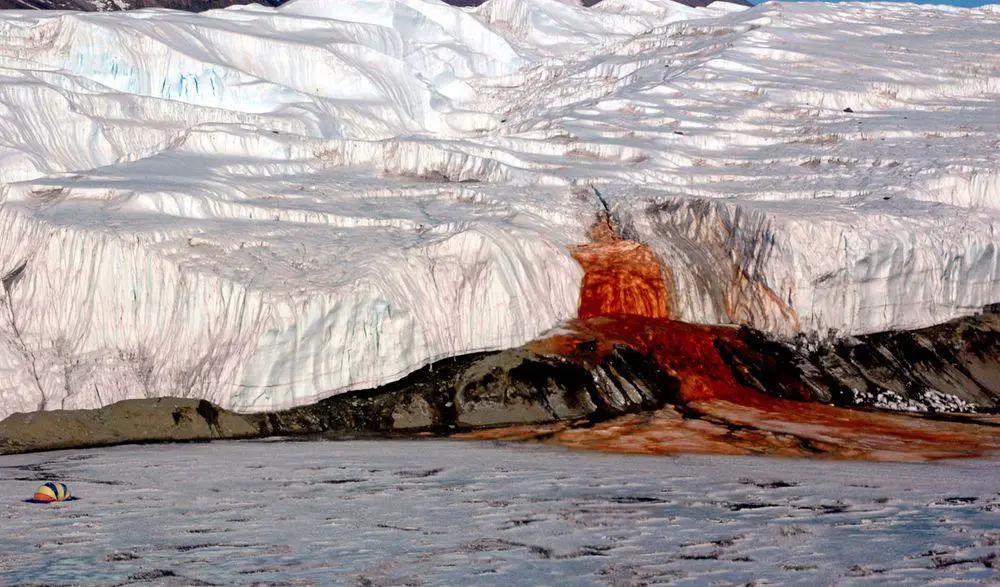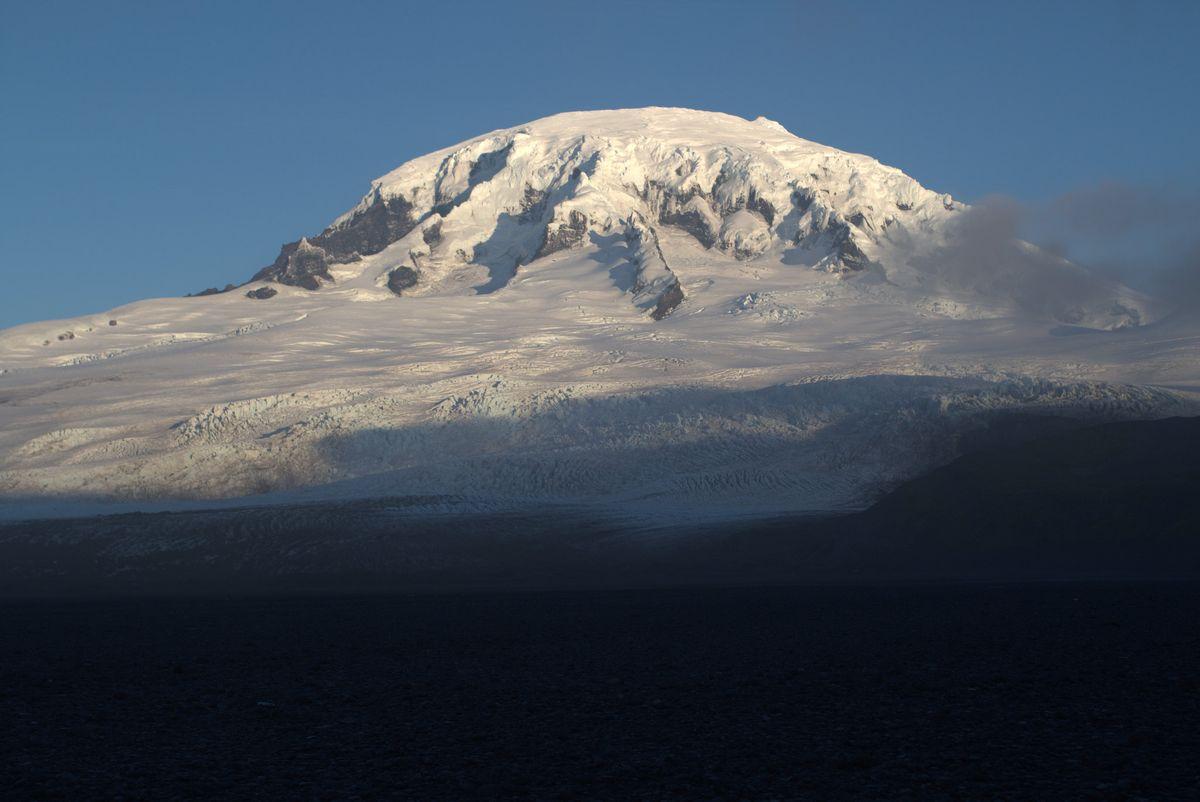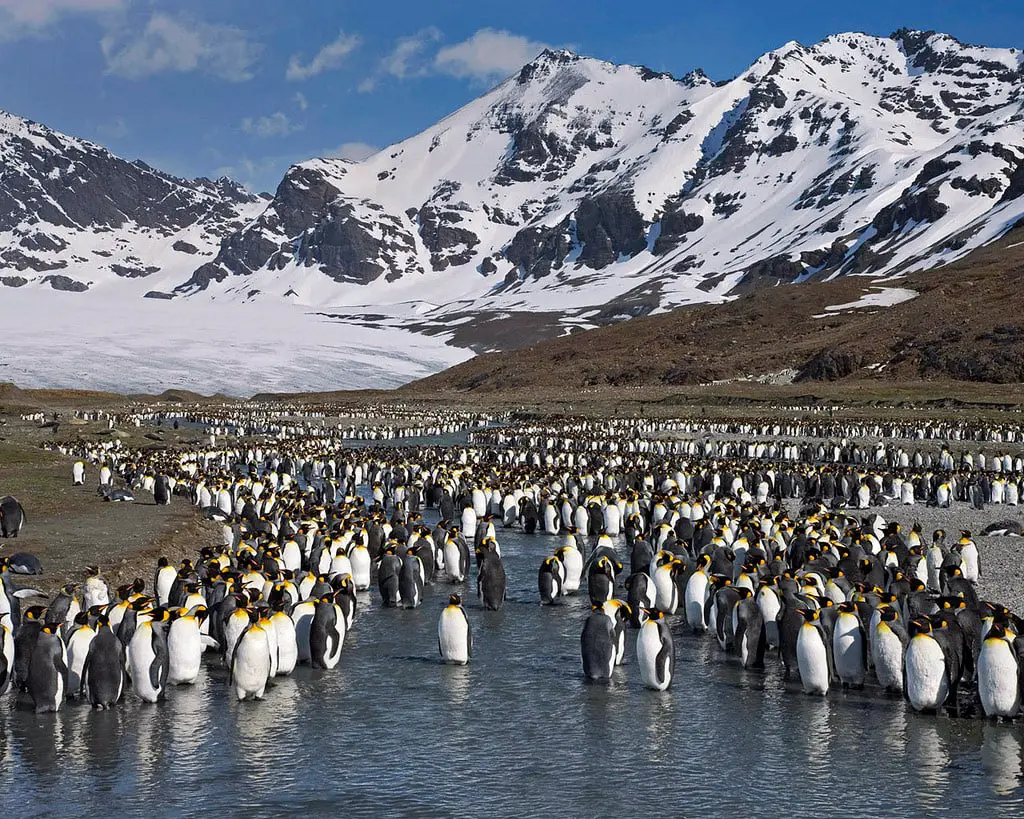Wondermondo 🢖 World 🢖 Wonders of Antarctica and Subantarctic islands
Territory
Wonders of Antarctica and Subantarctic islands
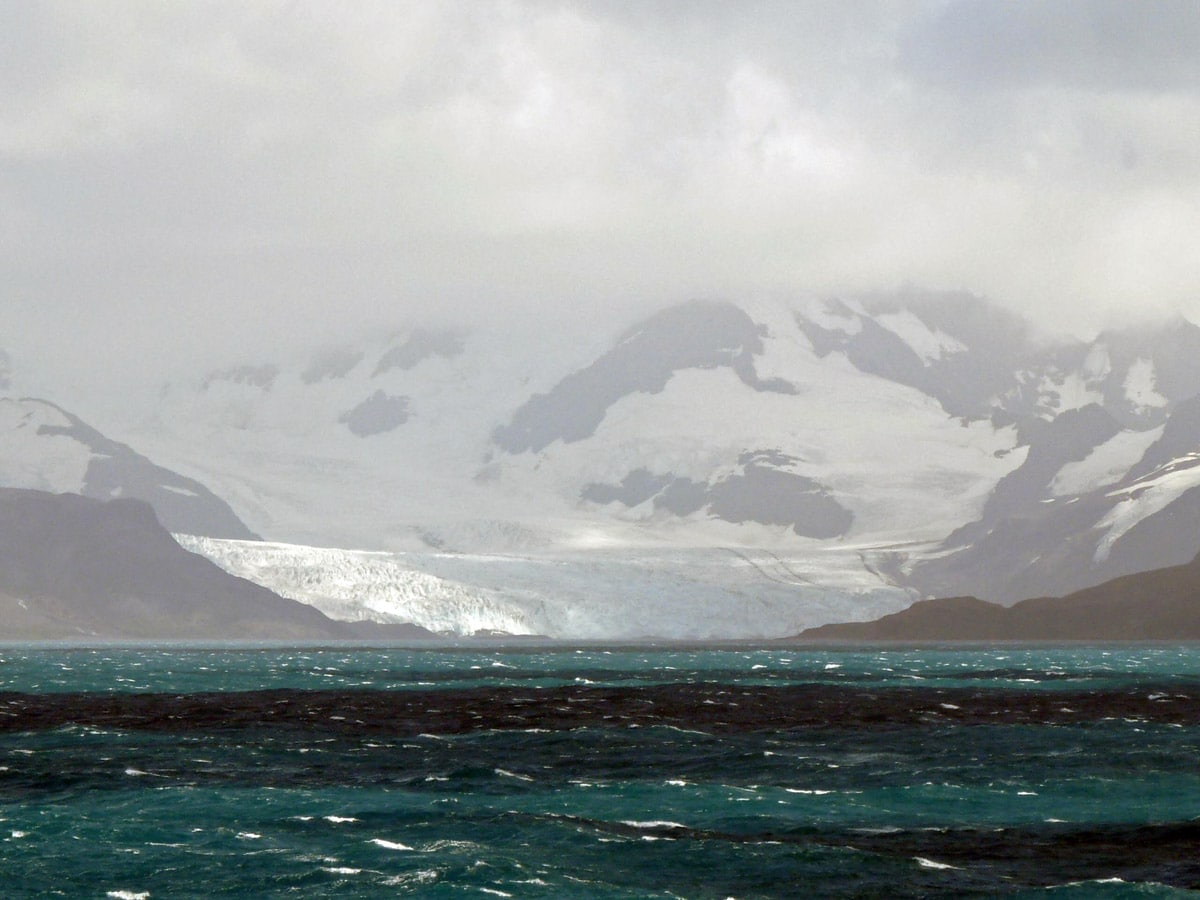
 Territories
Territories
Antarctic and Sub-antarctic region include the continent of Antarctica and 14 island territories in Southern Hemisphere which have not been grouped with any other continent:
- Antarctica
- Antipodes Islands (New Zealand)
- Auckland Islands (New Zealand)
- Bounty Islands (New Zealand)
- Bouvet Island (Norway)
- Campbell Island (New Zealand)
- Crozet Islands (France)
- Gough Island (United Kingdom)
- Heard Island and McDonald Islands (Australia)
- Kerguelen Islands (France)
- Macquarie Island (Australia, Tasmania)
- Prince Edward Islands (South Africa)
- Saint Paul and Amsterdam Islands (France)
- South Georgia and the South Sandwich Islands (United Kingdom)
- Tristan da Cunha (United Kingdom)
Map with the described wonders
If you see this after your page is loaded completely, leafletJS files are missing.
 Highlights of Antarctica and Subantarctic islands
Highlights of Antarctica and Subantarctic islands
Antarctica and Sub-antarctic islands were the last on Earth reached and explored by humans. The harsh climate prevents habitation of these lands except for Tristan da Cunha island that has much milder weather.
This is the largest wilderness region in the world with countless natural attractions which are not mentioned in any tourist guidebooks or Internet pages.
The highlights of Antarctica and Sub-Antarctic islands are:
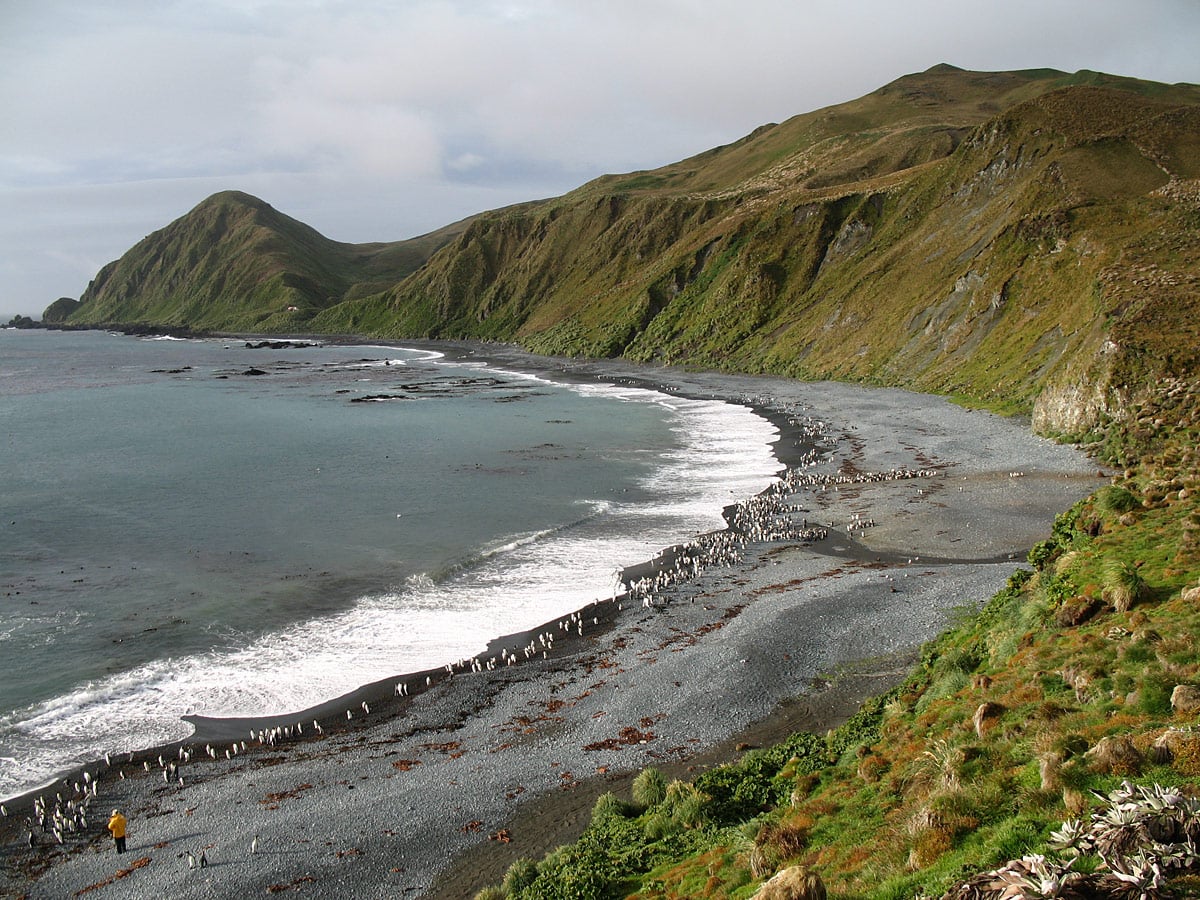
- Animal and bird colonies. The southern seas are extremely rich with life – many millions of birds and seals can feed themselves here. There is though a deficit of landmass – a necessity for the breeding of birds and seals. As a result, almost every small island here is a home for millions of living beings – nowhere else in the world is seen such a density of birds and mammals. The best-known attractions of this region are penguin colonies – possibly the most amazing and interesting bird colonies in the world.
- Other unique natural monuments. The specific weather conditions of Antarctica have created amazing, unique landmarks. Deep under the ice are unique lakes that may contain unique forms of life. Here are found the saltiest water bodies on Earth, a lake saturated with “laughing gas”, giant and red icefall, and many more.
Unsurpassed is the scenery of Antarctica and the Sub-Antarctic Islands. The sea near the glaciers is bright blue, the mountains incredibly tall, and the air – incredibly clean. Some of the most spectacular sites in the world are South Georgia and Lemaire Channel in Antarctica.
 Top 25 wonders of Antarctica and Subantarctic islands
Top 25 wonders of Antarctica and Subantarctic islands
Geological wonders
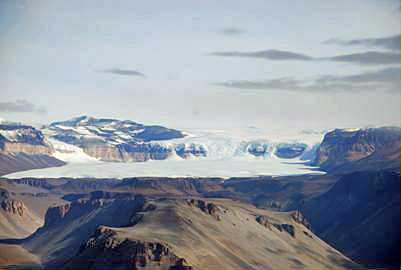
Mount Erebus
Antarctica
One of the few constantly glowing lava lakes in the world. Here are found large anorthoclase crystals in the center of the caldera of the volcano.
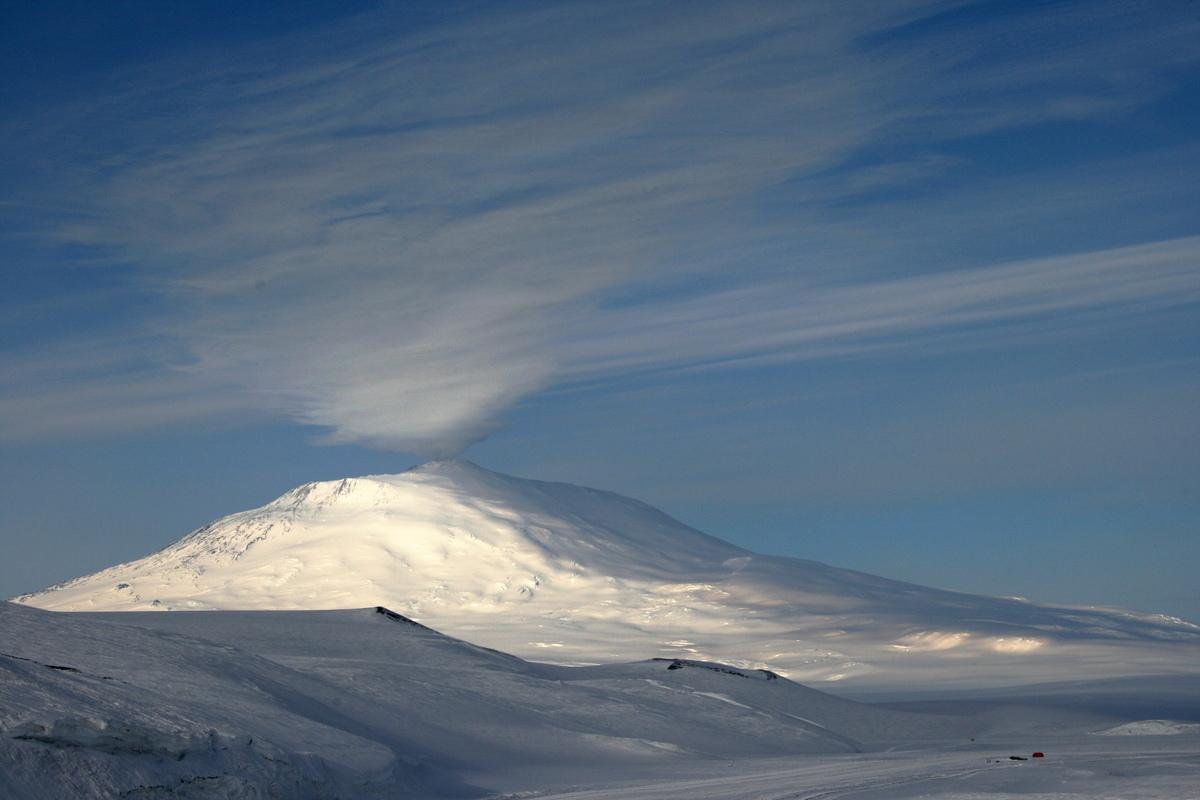
Blood Falls
Antarctica
Unusual natural feature – an outflow of hypersaline water, seeping through the ice, tainted with iron oxides in blood color. This approximately 15 m tall fall provides insight into a unique ecosystem that has been isolated from the outside world for 1.5 million years.
McDonald Islands
Heard Island and McDonald Islands (Australia)
An active volcano, at least 230 m high. The interesting feature of this volcano is that over the last decades, it has turned two of the McDonald Islands into a single island. Through the eruptions the area and height of the main island increased, connecting it with Flat Island.
Lake Vanda
Antarctica
Lake with extremely clear water (and when it freezes – extremely lucid ice) because it is located in an enclosed valley sealed off from the winds and thus does not get any dust. One of the saltiest natural waters in the world. The bottom layer is an enclosed hydrological system with specific chemical processes.
Cape Renard
Antarctica
One of the most impressive vertical cliff mountains not only in Antarctica but in the world, a pinnacle of basalt and ice rising more than 700 m from the sea.
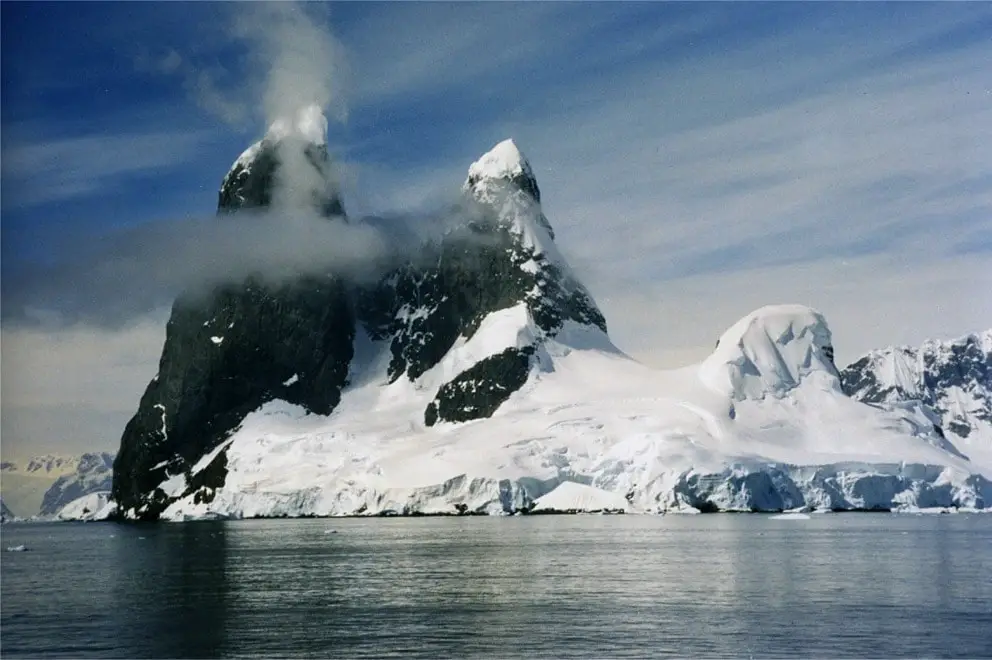
Katabatic winds at Commonwealth Bay
Antarctica
Windiest place on Earth with very frequent storms. The speed of wind here occasionally exceeds 90 m/s – 320 km/h. These specific winds are called katabatic winds and they might last for days. Fast-moving ice crystals may cause unusual electric effects.
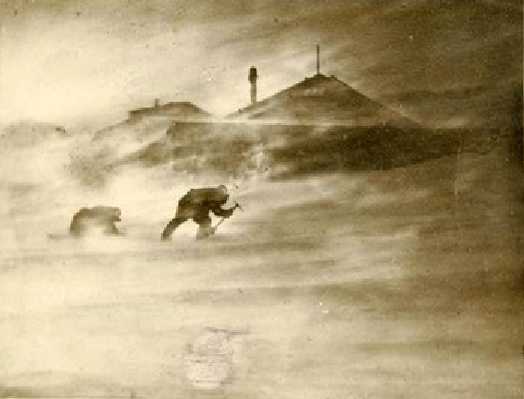
Lake Untersee
Antarctica
Permanently frozen freshwater lake with extremely high pH – between 9.8 – 12.1. Lake is supersaturated with oxygen (150%), and sediments of this lake may produce more methane than any other natural water body on Earth. Contains unique microorganisms.
Onyx River
Antarctica
The largest and longest river in Antarctica, the meltwater stream flows for a few months in summer. While flowing towards Lake Vanda, it dissolves the salt from the ground, gradually becoming saltwater flow.
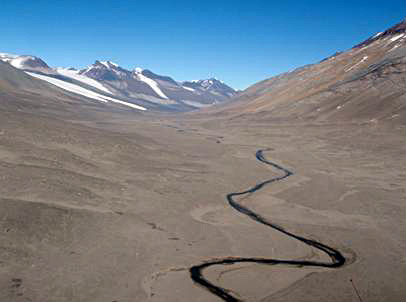
Mawson Peak of Big Ben
Heard Island and McDonald Islands (Australia)
An active volcano, the last eruption took place in 2008, but there have been many more eruptions over the last decades, mostly fixed only by satellites from space. The tallest part – Mawson Peak – is the highest mountain in the territory of Australia (2,745 m). Satellite data shows that there might be located lava lake with a diameter of 100 – 150 m.
Lake Vida
Antarctica
This lake is covered with at least a 19 m thick layer of ice – the thickest layer of non-glacial ice on Earth. Below the ice is a hypersaline lake with unique microorganisms.
D’Entrecasteaux Cliffs
Saint Paul and Amsterdam Islands (France)
Up to 731 m tall cliffs, almost vertical. Populated by tens of thousands of birds.
Biological wonders
Bird Island
South Georgia and the South Sandwich Islands (United Kingdom)
One of the richest wildlife sites in the world. The size of this island is just 400 ha but here live 50,000 pairs of penguins, 14,000 pairs of albatrosses, 700,000 petrels, and 65,000 breeding pairs of Antarctic fur seals.
Île de l’Est
Crozet Islands (France)
The largest known community of breeding seabirds in the world contains breeding birds of 32 species. Many of these species are represented by tens of thousands of birds and three species – Pelecanoides georgicus, Pelecanoides urinatrix, and Pachyptila salvini salvini are represented by millions of birds. Here are also three species of endemic plants and 59 endemic arthropods.
Île aux Cochons
Crozet Islands (France)
One of the largest king penguin (Aptenodytes patagonicus) colonies in the world with more than 100,000 pairs. There are also thousands of elephant seals and fur seals.
Salisbury Plain penguin colony
South Georgia and the South Sandwich Islands (United Kingdom)
One of the largest king penguin (Aptenodytes patagonicus) colonies in the world with more than 100,000 pairs. There are also thousands of elephant seals and fur seals.
Southern rata forest of Auckland
Auckland Islands (New Zealand)
The southernmost forest in this part of the globe (after Campbell Islands) mostly consists of southern rata trees flowering with beautiful red flowers. Forests are up to 9 m high and inside the fiords, the foliage of trees often reaches sea level thus resembling the scenery of tropical islands.
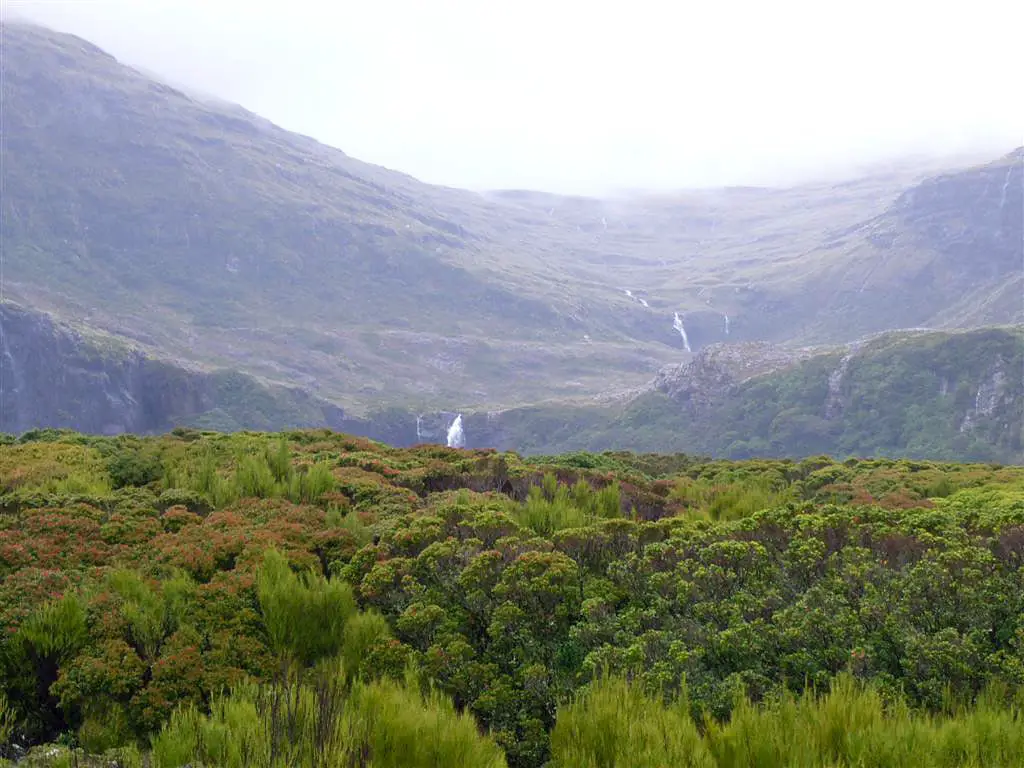
The ecosystem of Inaccessible Island
Tristan da Cunha (United Kingdom)
One of the least disturbed ecosystems in the world with a high number of endemic species. Here live two species of birds, eight species of plants, and 10 species of invertebrates that are not met anywhere else in the world. Inaccessible Island flightless rail (Atlantisia rogersi) is the smallest flightless bird in the world – up to 17 cm long.
Megaherb meadows of southern Enderby Island
Auckland Islands (New Zealand)
These meadows represent a stunning sight during the bloom. Meadows with countless Ross lilies (Bulbinella rossii) seem to stretch up to the horizon.
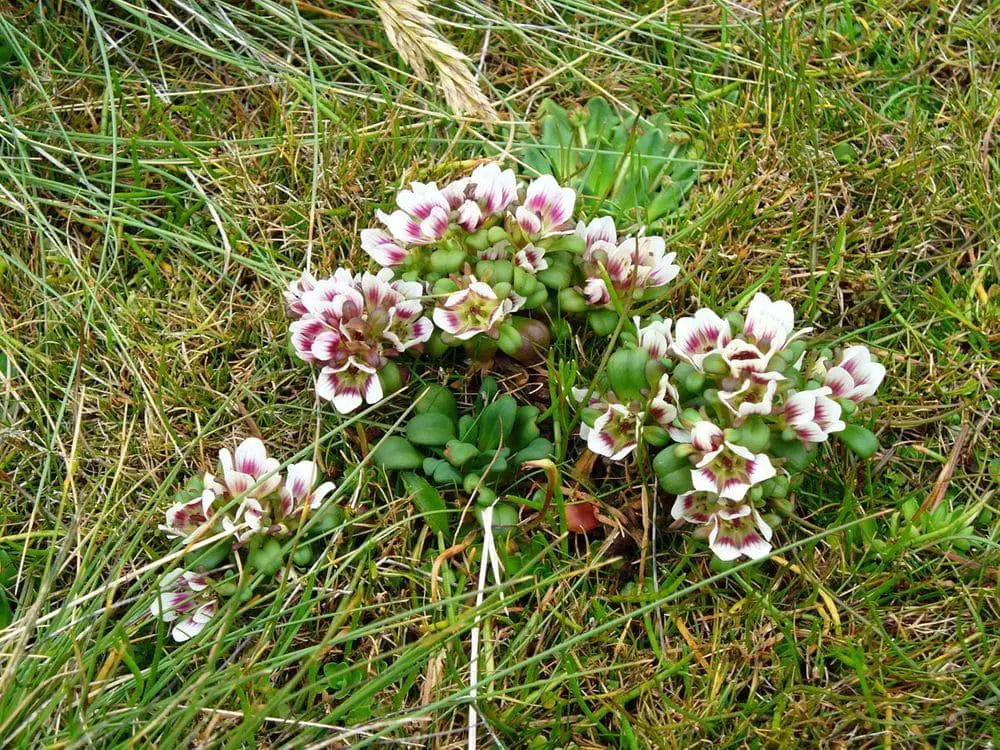
St. Andrews Bay penguin colony
South Georgia and the South Sandwich Islands (United Kingdom)
One of the largest king penguin (Aptenodytes patagonicus) colonies in the world. Here are some 150,000 pairs of penguins but there are also reports of about 50,000 pairs. The 3 km long beach is inhabited by fur and elephant seals and many species of sea birds as well.
Penguin colony on Zavodovski Island
South Georgia and the South Sandwich Islands (United Kingdom)
The largest colony of chinstrap penguins (Pygoscelis antarctica) in the world and one of the largest colonies of penguins worldwide – with 2 million birds.
Hurd Point penguin colony
Macquarie Island (Australia, Tasmania)
The largest colony of royal penguins in the world with some 180,000 breeding pairs.
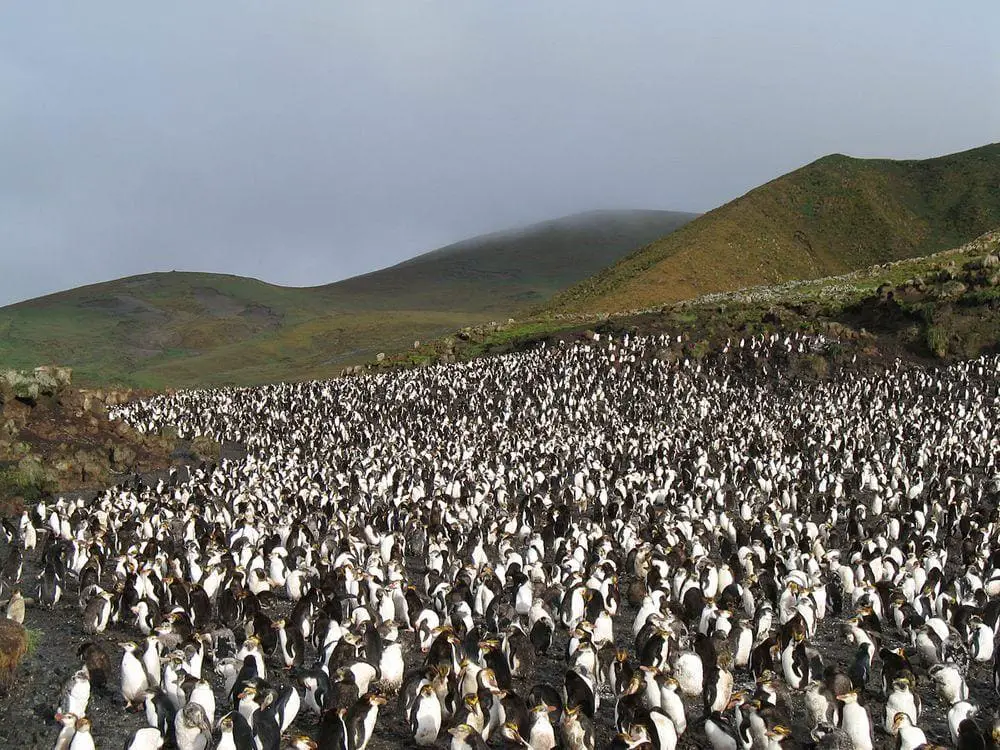
Megaherb meadows of Campbell Islands
Campbell Island (New Zealand)
One of the most impressive natural meadows in the world, covered with millions of Ross lilies (Bulbinella rossii), Campbell Island Daisies (Pleurophyllum speciosum), and Campbell Island Carrots (Anisotome latifolia). Here even grow some orchids.

Architecture wonders
Neumayer III
Antarctica
The newest German Antarctic station of innovative, high-technology design. It was constructed in 2009.
 Recommended books
Recommended books
An Adventurer’s Guide to Antarctica and the Subantarctic Islands
This guidebook describes the continent’s natural and manmade edifices and weaves the history of human exploration into each location. Here are the beaches where barefoot sealers slaughtered fur seals and in turn exposed the pathos of the human heart. On Cape Evans in the Ross Sea Region, a lone hut stands. Inside, rough furnishings offer poignant glimpses into the explorers’ lives. Stiff, hand-knitted wool socks dangle from a top bunk; empty stalls still retain the scent of ponies, mules, and fodder.
Antarctic Wildlife: A Folding Pocket Guide to Familiar Species of the Antarctic and Subantarctic Environments
Antarctic Wildlife is a pocket reference guide to more than 120 of the most common species of marine birds, whales, seals, fishes and marine invertebrates found in this remote region. Beautiful illustrations and detailed descriptions highlight the distinguishing features of the familiar species eco-tourists are most likely to see on land and at sea during their visit. Laminated for durability, this lightweight, pocket-sized folding guide is an excellent source of portable information and ideal for field use.

